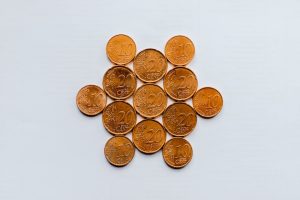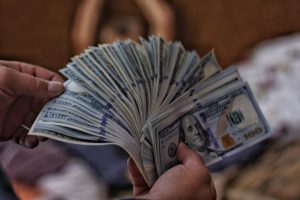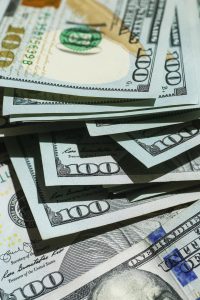Margin percentage is a term that is commonly used in the world of forex trading. It is the percentage of the total trade value that a trader must deposit as collateral to initiate a trade. In other words, it is the amount of money that a trader must have in their trading account to open a position. The margin percentage required varies depending on the size of the trade and the broker’s requirements.
Forex trading involves buying and selling currencies in pairs. The value of a currency pair fluctuates constantly due to various factors such as economic indicators, geopolitical events, and market sentiment. Traders attempt to profit from these fluctuations by buying a currency pair at a low price and selling it at a higher price, or by selling a currency pair at a high price and buying it back at a lower price.
To initiate a trade, a trader must deposit a certain amount of money in their trading account as collateral. This is known as the initial margin. The margin is a way for brokers to ensure that traders have enough money in their account to cover any potential losses that may occur during the trade. The margin amount required is usually a percentage of the total trade value.
For example, if a trader wants to open a position in the EUR/USD pair with a total trade value of $100,000, and the broker requires a margin percentage of 2%, the trader would need to deposit $2,000 as initial margin. The remaining $98,000 is provided by the broker as leverage. Leverage is essentially a loan provided by the broker to the trader to increase their buying power.
Margin percentage is important because it determines the amount of leverage that a trader can use. The higher the margin percentage, the lower the leverage provided by the broker. This is because a higher margin percentage means that the trader is required to deposit more money as collateral, which reduces the amount of leverage provided by the broker.
For example, if a trader wants to open a position in the EUR/USD pair with a total trade value of $100,000, and the broker requires a margin percentage of 5%, the trader would need to deposit $5,000 as initial margin. The remaining $95,000 is provided by the broker as leverage. However, if the margin percentage required by the broker is 10%, the trader would need to deposit $10,000 as initial margin, and the remaining $90,000 would be provided by the broker as leverage.
Margin percentage also affects the amount of risk involved in a trade. The higher the leverage provided by the broker, the higher the potential profits or losses that a trader can make. This is because the trader is essentially trading with borrowed money, which amplifies the effects of any price movements. Therefore, it is important for traders to understand the risks involved in using high leverage, and to use it wisely.
In conclusion, margin percentage is a crucial aspect of forex trading. It determines the amount of initial margin required to open a position, the amount of leverage provided by the broker, and the potential risks and rewards of a trade. Traders should always ensure that they have enough money in their trading account to cover any potential losses, and should use leverage wisely to maximize their profits while minimizing their risks.






